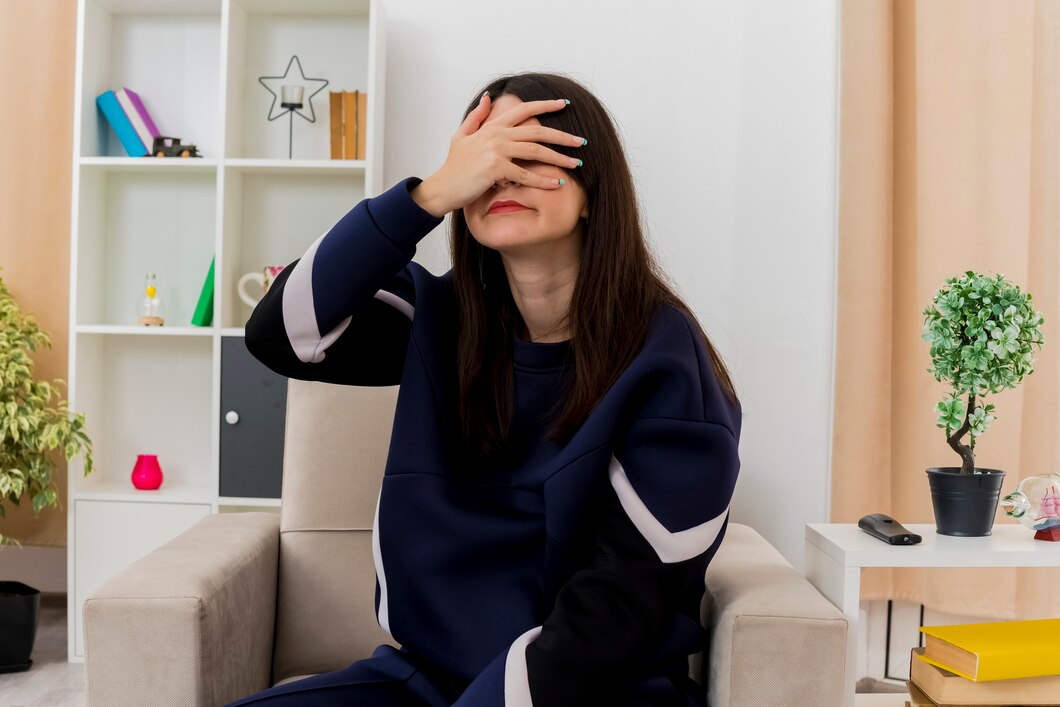Preventing Eye Strain: Simple Tips to Reduce Headaches and Eye Fatigue
In our digital age, it’s hard to escape the glow of screens. Whether working, studying, or relaxing, screens dominate much of our daily lives, leading to eye strain, headaches, and fatigue for many people. But don’t worry—there are simple strategies to give your eyes the care they deserve, and boost your productivity and overall comfort.
In this post, we’ll explore practical tips and tricks to prevent eye strain, helping you reduce discomfort and enjoy your screen time more. From adjusting your workspace to incorporating eye exercises, these suggestions are backed by experts and easy to implement.
Understanding Eye Strain
Eye strain occurs when your eyes get tired from intense use. It’s common among individuals who spend prolonged periods staring at screens, including computers, tablets, and smartphones. Symptoms can include sore or tired eyes, headaches, blurred vision, and even neck and shoulder pain.
The good news is that eye strain isn’t usually serious and can often be alleviated with a few tweaks to your habits and environment. By understanding the causes, you can take steps to protect your eyes and improve your comfort.
The 20-20-20 Rule
One of the simplest and most effective ways to combat eye strain is by following the 20-20-20 rule. This rule suggests that for every 20 minutes spent looking at a screen, you should look at something 20 feet away for at least 20 seconds.
This brief pause gives your eyes a chance to relax and refocus, reducing the intensity of continuous screen time. Setting a timer can help remind you to take these breaks consistently throughout your day.
Adjustable Screen Settings
Adjusting your screen settings can also play a crucial role in preventing eye strain. Start by ensuring your screen’s brightness matches the surrounding lighting. Too bright or too dim screens can cause unnecessary strain.
Additionally, consider increasing the text size and contrast on your display to make reading easier on your eyes. These small adjustments can make a big difference in your day-to-day comfort.
Proper Lighting
The lighting in your environment can significantly impact your eye comfort. Avoid working in dimly lit rooms, as this forces your eyes to work harder. Instead, aim for evenly distributed lighting that doesn’t create glare on your screen.
Natural light is ideal, but if it’s not available, opt for soft, indirect lighting. Desk lamps with adjustable brightness can be a great option to ensure your workspace is well-lit without being harsh on your eyes.
Screen Placement
The position of your screen is another factor that can contribute to eye strain. Ideally, the top of your screen should be at or slightly below eye level, and about an arm’s length away from you. This setup minimizes strain on your neck and eyes.
If you use multiple screens, position them side by side to avoid excessive head movement. These simple adjustments can enhance your overall comfort during screen-heavy tasks.
Blink Regularly
Blinking helps keep your eyes moist and refreshes the surface of your eyes. Staring at screens often reduces our blink rate, leading to dry, irritated eyes. Make a conscious effort to blink more frequently when using digital devices.
If you still experience dryness, consider using artificial tears or a humidifier to maintain a comfortable level of moisture in your workspace.
Eye Exercises
Incorporating simple eye exercises into your routine can alleviate eye fatigue. Try rolling your eyes in circular motions, focusing on distant objects, or gently massaging your temples to relieve tension.
These exercises help relax your eye muscles and improve blood circulation, reducing the risk of strain-related discomfort.
Regular Eye Checkups
Regular eye checkups are essential for maintaining optimal eye health. Eye doctors in St. George recommend annual exams to detect any underlying issues and ensure your vision is well-corrected.
Staying on top of eye health not only helps prevent strain but can also alert you to any changes in your vision that need addressing.
Ergonomic Workstations
Setting up an ergonomic workstation can prevent both eye strain and physical discomfort. Ensure your chair supports proper posture, and position your keyboard and mouse to promote relaxed shoulders and wrists.
An ergonomic setup reduces the risk of strain on your eyes and body, allowing you to work more comfortably and efficiently.
Blue Light Filters
Blue light emitted by screens can contribute to eye strain and disrupt your sleep cycle. Many devices offer built-in blue light filters or “night mode” settings that reduce blue light exposure.
Alternatively, you can invest in blue light blocking glasses to wear during extended screen time, further protecting your eyes.
Take Screen-Free Breaks
Finally, remember to take regular breaks from screens altogether. Engage in activities that don’t involve screens, such as going for a walk, reading a physical book, or simply enjoying nature.
These breaks not only help your eyes recover but also offer mental rejuvenation, enhancing your focus and productivity when you return to your tasks.
Conclusion
Preventing eye strain involves a combination of mindful habits and environmental adjustments. By taking proactive steps, you can protect your eyes and improve your overall well-being during screen-heavy tasks.
Implementing these simple strategies will not only reduce discomfort but also enhance your productivity and enjoyment of digital activities. For more insights, consider speaking with an eye care professional to tailor these tips to your specific needs.
Discover the latest news and updates on Ny Heading!






